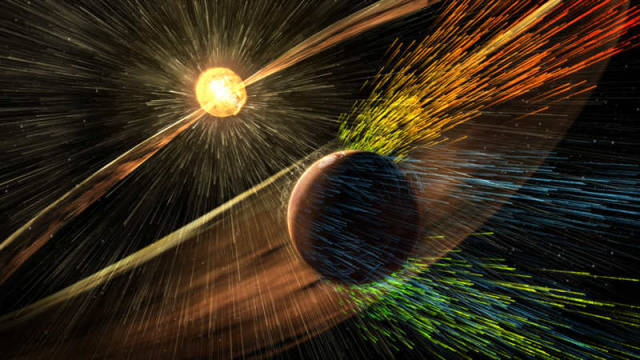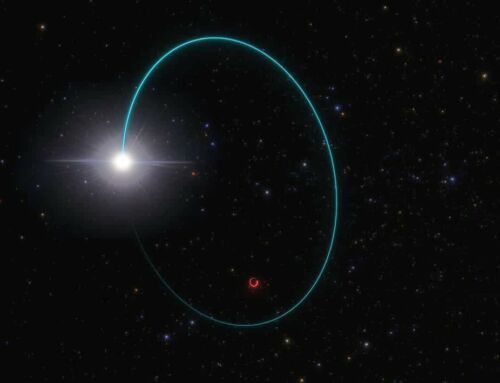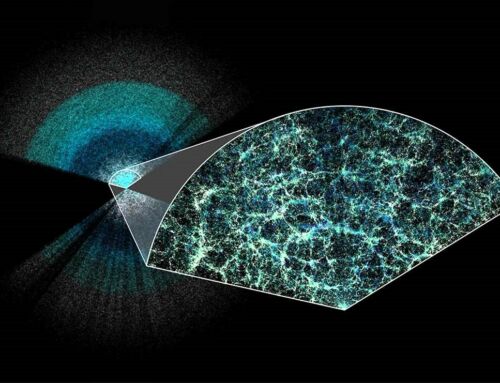The key role in the transition of the Martian climate from an early, warm and wet environment that might have supported surface life, to the cold, arid planet Mars is today, explained by NASA.
NASA’s Mars Atmosphere and Volatile Evolution (MAVEN) mission, has identified that the speed of solar wind stripping Martian atmosphere.
Above: A visualization showing Mars’s atmosphere under solar wind bombardment. Credits: NASA/GSFC
MAVEN data have enabled researchers to determine the rate at which the Martian atmosphere currently is losing gas to space via stripping by the solar wind. The findings reveal that the erosion of Mars’ atmosphere increases significantly during solar storms.
John Grunsfeld, astronaut and associate administrator for the NASA Science Mission Directorate in Washington, said:
“Mars appears to have had a thick atmosphere warm enough to support liquid water which is a key ingredient and medium for life as we currently know it. Understanding what happened to the Mars atmosphere will inform our knowledge of the dynamics and evolution of any planetary atmosphere. Learning what can cause changes to a planet’s environment from one that could host microbes at the surface to one that doesn’t is important to know, and is a key question that is being addressed in NASA’s journey to Mars.”
MAVEN measurements indicate that the solar wind strips away gas at a rate of about 100 grams (equivalent to roughly 1/4 pound) every second.
Bruce Jakosky, MAVEN principal investigator at the University of Colorado, Boulder, said:
“Like the theft of a few coins from a cash register every day, the loss becomes significant over time. We’ve seen that the atmospheric erosion increases significantly during solar storms, so we think the loss rate was much higher billions of years ago when the sun was young and more active.”
source NASA






Leave A Comment